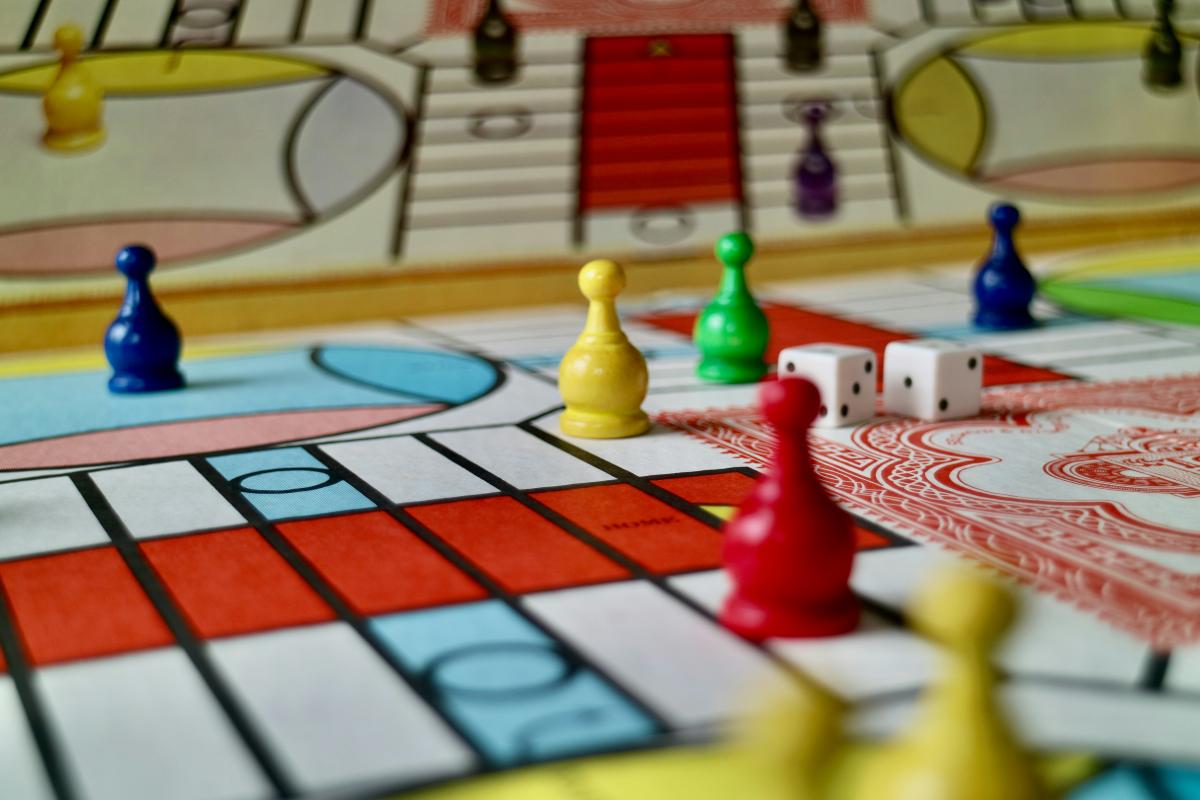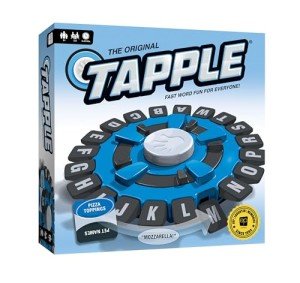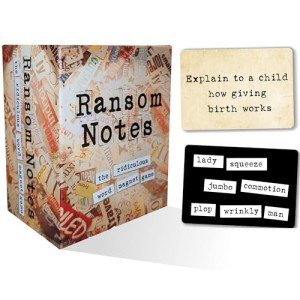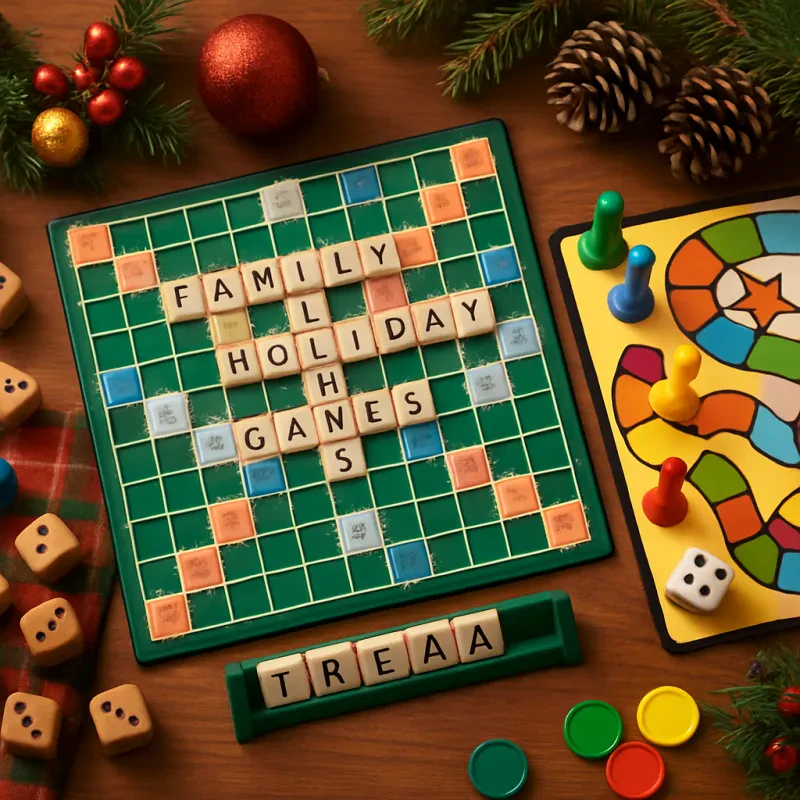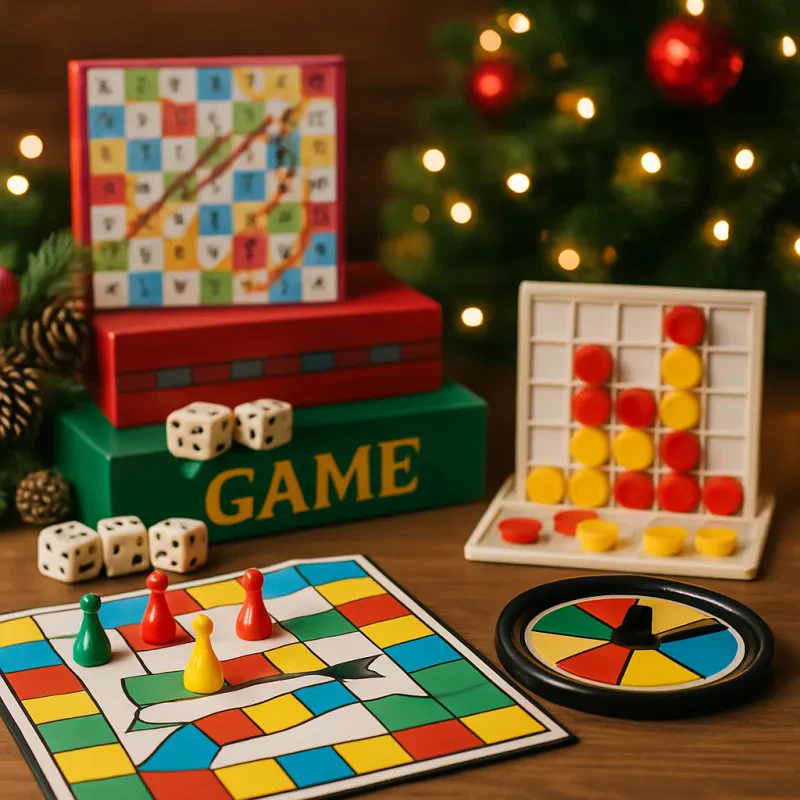Board Games in Youth Culture
In recent years, board games have experienced a significant revival among today’s youth, shifting from their traditional role as family entertainment to becoming a central aspect of social interactions within friend groups. This resurgence highlights the appeal of tangible gameplay experiences amidst a predominantly digital age where video games and online platforms reign supreme. As many young individuals seek more meaningful connections, board games offer an enticing alternative that fosters in-person interaction and collaboration.
The allure of physical board games lies not only in their nostalgic elements but also in their capacity to promote social dynamics. Whether played in cozy living rooms or during vibrant gatherings, these games encourage players to engage in direct communication, teamwork, and friendly competition. This tangible social interaction enhances bonds among peers, an experience that often feels lacking in the digital realm. Games such as "Catan," "Ticket to Ride," and "Pandemic" are not only entertaining but are also designed to stimulate strategic thinking and creativity, crucial skills for navigating modern challenges. The depth of gameplay and variety of themes available today attract diverse groups, making board gaming a versatile option for social gatherings.
Furthermore, the tactile experience provided by board games stands in stark contrast to the fleeting nature of digital interactions. The traditional aspects such as dice rolling, card shuffling, and the physical presence of game pieces create a multisensory environment that enhances engagement and memory recall. This further cements board games as a relevant leisure activity amongst youth, seamlessly blending fun with cognitive skills development. The rise of board game cafes and a plethora of online platforms catering to board game enthusiasts also reflect the growing embrace of this hobby and its deepening roots in youth culture.
Trendy Board Games of Today
As we delve into the landscape of board games in 2023, it is evident that the youth are embracing both classics and innovative creations. Among the most noteworthy games that have captivated young players this year are "Catan," "Wingspan," and "Diverse World." Each of these titles has distinct appeal, driven by gameplay mechanics that encourage strategy, social interaction, and a sense of adventure.
"Catan," originally released in 1995, has witnessed a resurgence in popularity among teens and young adults alike. Players collect and trade resources to build settlements and cities while navigating rivalries. Its combination of luck, strategy, and negotiation skills resonates compellingly with today’s youth, making it a staple in social gatherings.
Next on the list is "Wingspan," a relatively new addition to family gaming that has soared to popularity since its release in 2019. This game invites players into the world of birdwatching and habitat-building, appealing to the growing interest in nature and environmental awareness among younger individuals. The captivating artwork and educational components provide a unique blend of entertainment and knowledge, thereby fostering a deeper appreciation for wildlife.
Lastly, "Diverse World," which has emerged in 2023, champions inclusivity and cultural exploration. It allows players to engage with different cultures through gameplay that highlights traditions, languages, and historical contexts. This game stands out by promoting empathy and understanding among diverse backgrounds, making it particularly attractive to socially conscious youth.
As we observe these trends, it becomes clear that today's youth gravitate toward board games that not only entertain but also educate and foster social connections. The blend of nostalgia with contemporary themes ensures that both classic and modern titles will continue to thrive on gaming tables across the globe.
Social Benefits of Playing Board Games
Board games have long been a cherished form of entertainment, and their significance for today’s youth extends beyond mere enjoyment. Engaging in board games fosters important social interactions, enabling young people to experience teamwork and collaboration in a fun and structured environment. By participating in a group setting, players are encouraged to communicate their thoughts and strategies, thus enhancing their verbal and nonverbal communication skills.
These games often require players to work towards a common goal or compete against one another, teaching them the value of teamwork. As youth navigate the complexities of game rules and group dynamics, they learn to negotiate, share ideas, and respect differing viewpoints, which is crucial for their social development. This environment of cooperation can improve their emotional intelligence, as they become more adept at understanding the feelings and perspectives of their peers.
Additionally, the educational potential of board games should not be overlooked. Many board games are deliberately designed to promote critical thinking and problem-solving skills, making them valuable resources in both educational and recreational contexts. For instance, games that involve strategy encourage players to think ahead and consider the consequences of their decisions, honing their analytical abilities. Simultaneously, games that require players to work together to reach a solution will cultivate skills such as leadership and accountability.
In essence, board games provide a multifaceted platform for youth to learn vital social skills while having fun. The blend of education and enjoyment results in an enriching experience that benefits both individual development and community cohesion. Through shared experiences over a game board, youths can strengthen their social bonds, laying the foundation for future relationships as they grow into adulthood.
Finding the Perfect Board Game for Your Group
Selecting the right board game for a group can significantly enhance the gaming experience, especially among today’s youth who are eager to explore new forms of entertainment. Several key factors should be considered to ensure that the chosen game aligns with the group’s dynamics and preferences.
First, assess the complexity of the game. Games range from simple mechanics, suitable for casual play, to more intricate systems that require strategic thinking. If your group comprises newcomers to board gaming, it is advisable to start with games that offer straightforward rules. This approach will help to prevent feelings of overwhelm and encourage participation. As everyone becomes more familiar with the gaming format, progressively introducing more complex games can maintain engagement and challenge the players appropriately.
Another important factor is the duration of the game. Youth often have limited free time due to academic commitments or social activities. Opting for games that can be completed in 30 minutes to 1 hour may be ideal for maintaining focus and enthusiasm. Longer games can be scheduled for weekends or special game nights, allowing for a more immersive experience without feeling rushed.
The number of players also plays a critical role. Some games thrive with larger groups, promoting collaboration or competition, while others are designed for smaller gatherings. Reviewing how many individuals will be participating can guide the selection process, ensuring no one is left out and that everyone can enjoy the game fully.
Additionally, considering the themes and genres that appeal to the group is vital. Whether it be fantasy, strategy, or cooperative gameplay, affinity for certain genres can significantly enhance player enjoyment. Incorporating a variety of themes within your gaming choices can also cater to diverse interests, making the experience more inclusive.
Lastly, introducing board gaming to newcomers can be done effectively by explaining the rules clearly and engaging them in gameplay. Encouraging questions and allowing them to play at their own pace can foster a welcoming environment that promotes ongoing interest in board games.
